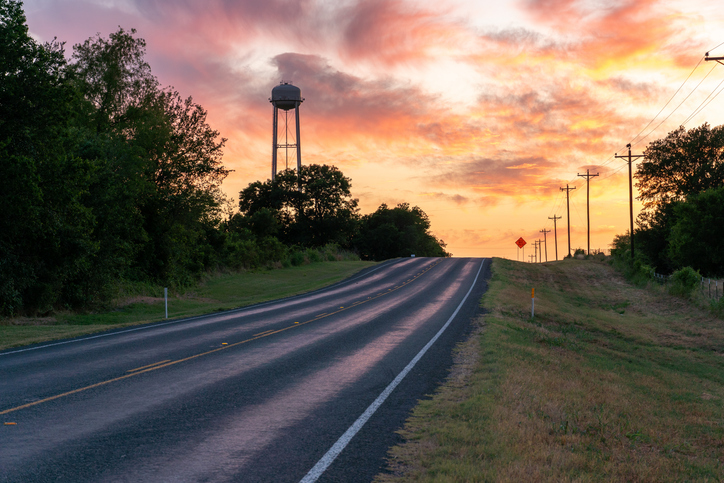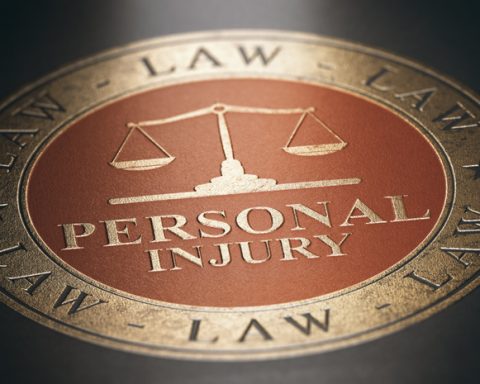When a car accident happens, every second counts. The difference between surviving a crash and suffering catastrophic injuries often depends on how quickly emergency responders arrive. But in rural communities across South Georgia, including Thomasville and Thomas County, help doesn’t always come fast.
While large metro areas like Atlanta or Savannah benefit from dense networks of hospitals, trauma centers, and first responders, rural regions experience significant emergency response delays—and the consequences can be deadly. These delays not only impact physical recovery but also play a crucial role in determining liability, damages, and case value in personal injury claims.
The Geography Problem: Why Rural Crashes Turn Deadly Faster
According to the National Highway Traffic Safety Administration (NHTSA), nearly 45% of all fatal car crashes in the U.S. occur on rural roads, despite rural areas accounting for less than 20% of the population. In Georgia, that disparity is even more pronounced.
In Thomas County, long stretches of two-lane highways and unlit secondary roads make it difficult for drivers to be found quickly after an accident—especially at night or in areas without strong cell coverage. Even when emergency calls go through, response times can be double what they would be in urban centers.
The Georgia Department of Public Health reports that rural EMS units often cover five to ten times larger service areas than their urban counterparts. Delays in dispatch, travel distance, and hospital transport all add up. For crash victims suffering from internal bleeding or traumatic brain injury, those minutes can mean the difference between full recovery and lifelong impairment.
Hospital Shortages and Long Transport Routes
Even after first responders arrive, getting to a hospital can be another hurdle.
South Georgia’s hospital infrastructure has faced years of consolidation and closures, leaving large geographic gaps between trauma centers. The closest Level I trauma centers are in Tallahassee and Macon—hours away from some rural crash sites near Thomasville.
Local facilities may offer excellent care, but they often lack specialized surgical or neurological teams needed for critical cases. As a result, patients are stabilized locally and then airlifted to regional hospitals—a process that further increases the window between injury and treatment.
A 2023 University of Georgia Health Policy study found that rural trauma patients in the state were 30% more likely to die before reaching a hospital compared to those injured in metropolitan areas. For personal injury cases, those statistics matter. They shape how attorneys and insurance adjusters evaluate the “avoidable harm” caused by delayed care.
How Delays Affect Legal Claims
Emergency response times don’t just affect medical outcomes—they affect the legal framework of an accident case. Insurers may argue that the victim’s worsened condition was due to delayed treatment, not the crash itself. This tactic is especially common when medical records show long gaps between the collision and hospital admission.
A strong legal team can counter that argument by showing:
- Proximity data and dispatch logs that confirm response delays were beyond the victim’s control.
- Expert medical testimony linking the original injury to the ultimate outcome, even with delayed care.
- Local accident reconstruction reports that establish fault and timeline accuracy.
By demonstrating that the victim acted reasonably and that the system—not the driver—caused the delay, attorneys can preserve the integrity and full value of the claim.
Preventing the Wait: What South Georgia Is Doing Right
It’s not all bad news. Thomas County’s emergency management system has made notable improvements in recent years, investing in GPS-enabled dispatch systems and regional EMS coordination with nearby counties.
Programs supported by the Georgia Trauma Commission have also expanded access to air medical services for rural accident victims, reducing transport times for critical injuries.
Still, the fundamental challenge remains: sparse coverage means some South Georgia residents are 20 to 30 minutes away from the nearest ambulance, even under ideal conditions. For motorists, awareness and preparation—carrying emergency tools, enabling crash detection features, and keeping identification visible—can make a real difference.
Final Thoughts: Legal Help After a Delayed Emergency Response
No one expects an ambulance delay to become part of their accident story. But in Thomasville and other small towns across Georgia, slower response times and limited medical access can transform a simple collision into a life-altering tragedy.
If you’ve been injured in a car accident and believe delays worsened your injuries or recovery, it’s critical to understand your rights. A knowledgeable Thomasville car accident lawyer can help investigate dispatch records, coordinate medical experts, and hold negligent parties accountable—whether that’s another driver, an insurer, or a system that failed when you needed it most.






